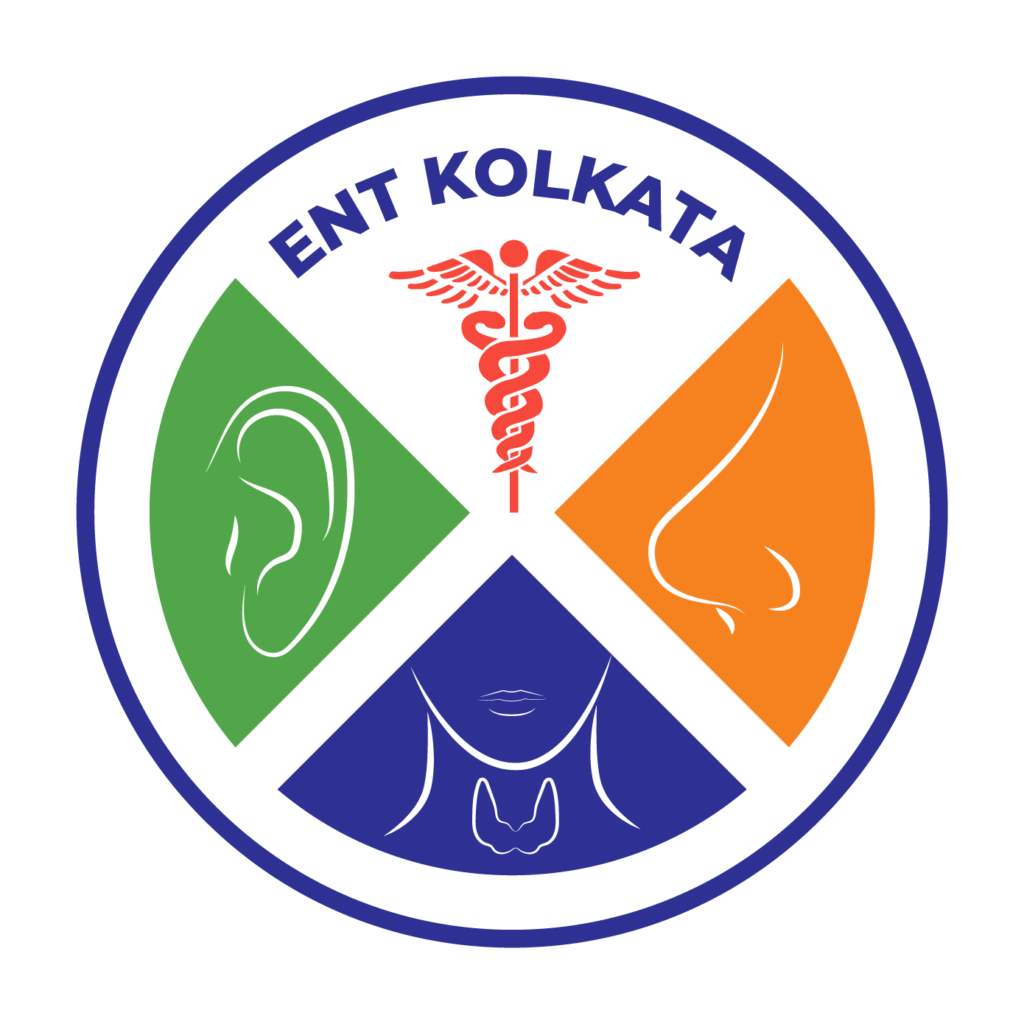Ear, nose and throat (ENT) infections are among the most frequent health issues in children. These infections can cause significant discomfort and, if left untreated, may lead to complications. Understanding the common types of ENT infections, their symptoms and when to seek medical care is vital for parents and caregivers.Here, we share useful educational information about common ENT infections in children, based on information from ENT Specialist in Kolkata .
Why Children Are More Susceptible to ENT Infections
Children’s anatomy makes them particularly prone to ENT infections. Their eustachian tubes are shorter and more horizontal than adults, creating an environment where bacteria and viruses can easily travel from the throat to the middle ear. Additionally, children’s developing immune systems are less equipped to fight off infections effectively.
School and daycare environments expose children to various pathogens, while developing hygiene habits contribute to increased infection transmission. Understanding these factors helps parents recognize why ENT infections are so common in childhood, as explained by many ENT Doctor Kolkata practitioners.
Ear Infections: The Most Common ENT Problem
Ear infections, specifically middle ear infections, are very common in young children. They occur when the area behind the eardrum becomes inflamed, often due to fluid buildup caused by colds, allergies or respiratory infections.
Recognizing the Signs:
- Ear pain or tugging at the ear – children often pull at infected ears
- Difficulty hearing – fluid blocks normal sound transmission
- Fluid drainage from the ear – may appear clear, yellow, or bloody
- Fever – indicates the body is fighting infection
- Irritability or fussiness – pain causes behavioral changes
- Difficulty sleeping – lying flat increases ear pressure and discomfort
Care Information:
Most ear infections resolve on their own if viral in origin, but pain relief methods such as warm compresses or over-the-counter pain relievers can be used. It is important to consult a healthcare provider, especially if the child has a high fever, severe pain or symptoms that persist for more than a couple of days. An ENT Specialist in Kolkata emphasizes that proper evaluation helps distinguish between viral and bacterial causes, ensuring appropriate treatment decisions.
Tonsillitis: When Throat Defenders Become Inflamed
Tonsillitis is the inflammation of the tonsils, lymphoid glands located inside the throat that help filter bacteria and viruses. This condition can be caused by viral or bacterial infections, each requiring different management approaches.
Key Symptoms to Watch:
- Sore throat – ranges from mild discomfort to severe pain
- Red, swollen tonsils, sometimes with white patches – indicates inflammatory response
- Difficulty swallowing – swollen tissues obstruct normal swallowing
- Fever – shows immune system activation
- Swollen lymph nodes in the neck – filtering systems working to control infection
- Bad breath – bacterial growth creates distinctive odors
Understanding Care Options:
Viral tonsillitis cases are often managed through supportive care approaches as determined by healthcare providers. Healthcare providers evaluate different types of tonsillitis and determine appropriate care approaches based on individual assessment. Chronic and persistent cases benefit from professional medical evaluation to explore various care options. Recurrent cases benefit from specialist consultation to discuss available care options with families.
Sinus Infections: Understanding Facial Cavity Problems
Sinus infections occur when the tissue lining the sinuses becomes inflamed, usually following a cold, allergic reaction or other respiratory infection. In children, sinus infections can cause significant discomfort and may be acute or chronic in nature.
Identifying Sinus Problems:
- Stuffy or runny nose lasting more than a week and a half – extends beyond typical cold duration
- Thick, yellow or green nasal discharge – indicates bacterial involvement or prolonged inflammation
- Cough, which may be worse at night – drainage flows down throat during sleep
- Facial pain or pressure, especially around the eyes, cheeks or forehead – inflammation affects facial nerve pathways
- Headache – congestion creates pressure changes triggering pain
- Fever – demonstrates active infection
- Bad breath – infected secretions create characteristic odors
Care Overview:
Sinus infections often improve on their own with saline nasal sprays, humidifiers and warm compresses if viral in origin. These conservative measures help reduce inflammation and promote natural drainage. If symptoms are severe or persist for more than a couple of weeks, it is important to consult an ENT specialist. Healthcare providers specializing in ENT Kolkata conditions can assess individual cases and determine whether additional interventions are necessary.
Sore Throat: More Than Simple Throat Discomfort
Sore throat or pharyngitis refers to inflammation of the pharynx, the area at the back of the throat. It is most commonly caused by viral infections, but bacterial infections can also cause pharyngitis. Understanding the differences helps parents make informed healthcare decisions when consulting an ENT Doctor Kolkata.
Symptom Recognition:
- Sore, scratchy throat – inflammation affects nerve endings in throat tissues
- Difficulty swallowing – swollen tissues create mechanical obstruction
- Red, swollen throat – visual evidence of inflammatory response
- Fever – indicates immune system working to fight infection
- Swollen lymph nodes in the neck – show filtering systems responding to infection
- Headache – often accompanies systemic inflammatory responses
Care Guidelines:
Viral pharyngitis typically requires rest, fluids and pain relief to manage symptoms while the body heals naturally. If the sore throat is caused by a bacterial infection, antibiotics may be necessary. It is important to seek medical advice if the child has a persistent sore throat, difficulty swallowing or high fever.
Prevention Strategies
Understanding prevention helps reduce the frequency of ENT infections in children:
Hygiene Fundamentals:
- Teaching proper handwashing techniques and frequency
- Avoiding sharing personal items like utensils, cups, or toys
- Covering coughs and sneezes appropriately
Environmental Considerations:
- Maintaining good indoor air quality and appropriate humidity levels
- Avoiding exposure to secondhand smoke
- Ensuring adequate ventilation in living spaces
Health Support Measures:
- Supporting immune system function through proper nutrition and adequate sleep
- Managing underlying conditions like allergies with professional guidance
Key Takeaways for Parents
Understanding common ENT infections in children provides parents and caregivers with valuable knowledge for recognizing symptoms, providing appropriate home care, and knowing when professional medical evaluation is necessary. While these infections are common in childhood, proper recognition and management help ensure optimal outcomes and prevent complications.
For families dealing with recurrent or severe ENT infections, consulting with qualified healthcare providers ensures comprehensive evaluation and appropriate treatment strategies. Professional guidance from an ENT Doctor Kolkata combined with parental understanding creates the best foundation for managing children’s ENT health successfully.
The foundation of successful management lies in understanding these conditions, recognizing symptoms early, providing suitable supportive care, and seeking professional medical advice when indicated. This knowledge-based approach helps parents navigate childhood ENT infections with confidence while ensuring their children receive optimal care when needed from ENT Kolkata professionals.
Note: This information is educational only. Individual medical conditions require professional evaluation and personalized treatment planning by qualified healthcare providers.
